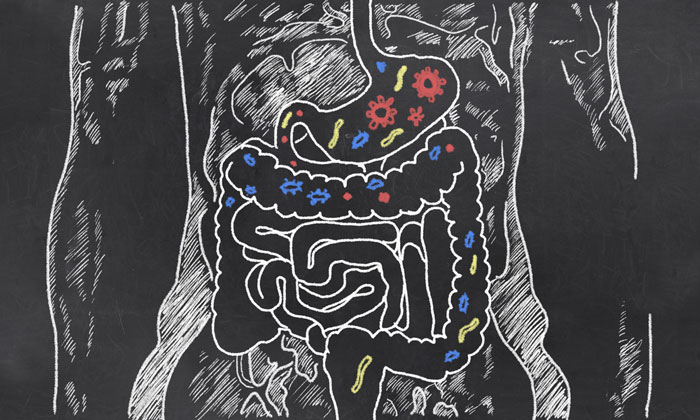Food packaging could affect body’s nutrient absorption
Posted: 11 April 2018 | George Smith (New Food) | No comments yet
Food packaging could be negatively affecting the way in which the digestive tract operates, according to new research by faculty and students at Binghamton University in New York.


DIGESTIVE TRACT: The canned products contained 100 times zinc oxide (ZnO) nanoparticles than the daily recommended dose
“We found that zinc oxide (ZnO) nanoparticles at doses that are relevant to what you might normally eat in a meal or a day can change the way that your intestine absorbs nutrients or your intestinal cell gene and protein expression,” said Gretchen Mahler, Associate Professor of Bioengineering.
According to Mahler, these ZnO nanoparticles are present in the lining of certain canned goods for their antimicrobial properties and to prevent staining of sulfur-producing foods.
In the study, canned corn, tuna, asparagus and chicken were studied using mass spectrometry to estimate how many particles might be transferred to the food.
It was found that the food contained 100 times the daily dietary allowance of zinc. Mahler then looked at the effect the particles had on the digestive tract.
“People have looked at the effects of nanoparticles on intestinal cells before, but they tend to work with really high doses and look for obvious toxicity, like cell death,” said Mahler. “We are looking at cell function, which is a much more subtle effect, and looking at nanoparticle doses that are closer to what you might really be exposed to.”
“They tend to settle onto the cells representing the gastrointestinal tract and cause remodelling or loss of the microvilli, which are tiny projections on the surface of the intestinal absorptive cells that help to increase the surface area available for absorption,” said Mahler. “This loss of surface area tends to result in a decrease in nutrient absorption. Some of the nanoparticles also cause pro-inflammatory signalling at high doses, and this can increase the permeability of the intestinal model. An increase in intestinal permeability is not a good thing — it means that compounds that are not supposed to pass through into the bloodstream might be able to.”
Although Mahler studied these effects in the lab, she said she is unsure what the long-term health implications might be.
“It is difficult to say what the long-term effects of nanoparticle ingestion are on human health, especially based on results from a cell culture model,” said Mahler. “What I can say is that our model shows that the nanoparticles do have effects on our in vitro model, and that understanding how they affect gut function is an important area of study for consumer safety.”
The researchers are looking at how an animal model (chickens) responds to nanoparticle ingestion.
“We have seen that our cell culture results are similar to results found in animals and that the gut microbial populations are affected. Future work will focus on these food additive-gut microbiome interactions,” said Mahler.
Related topics
Clean Label, Contaminants, Food Safety, Health & Nutrition, Packaging & Labelling









